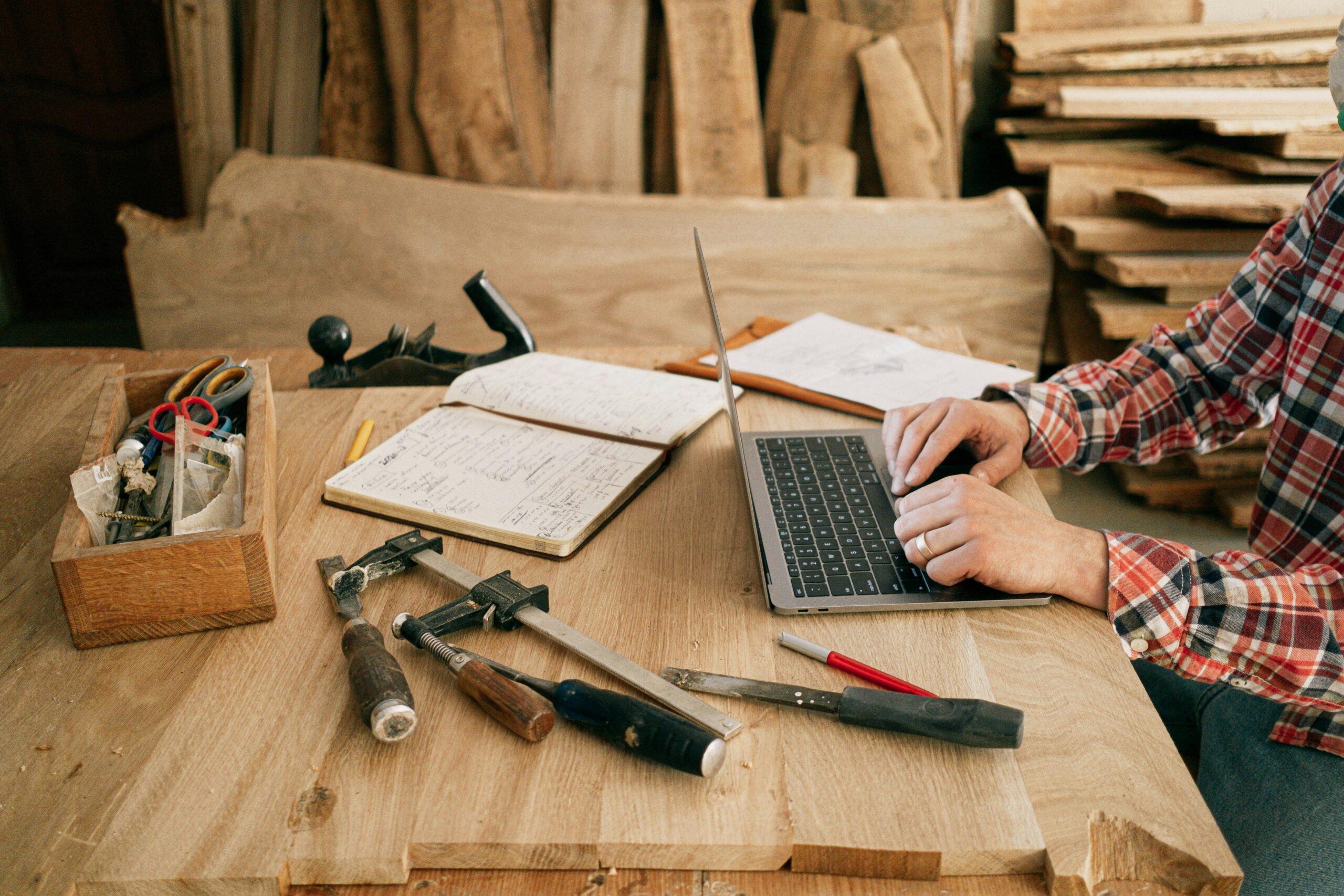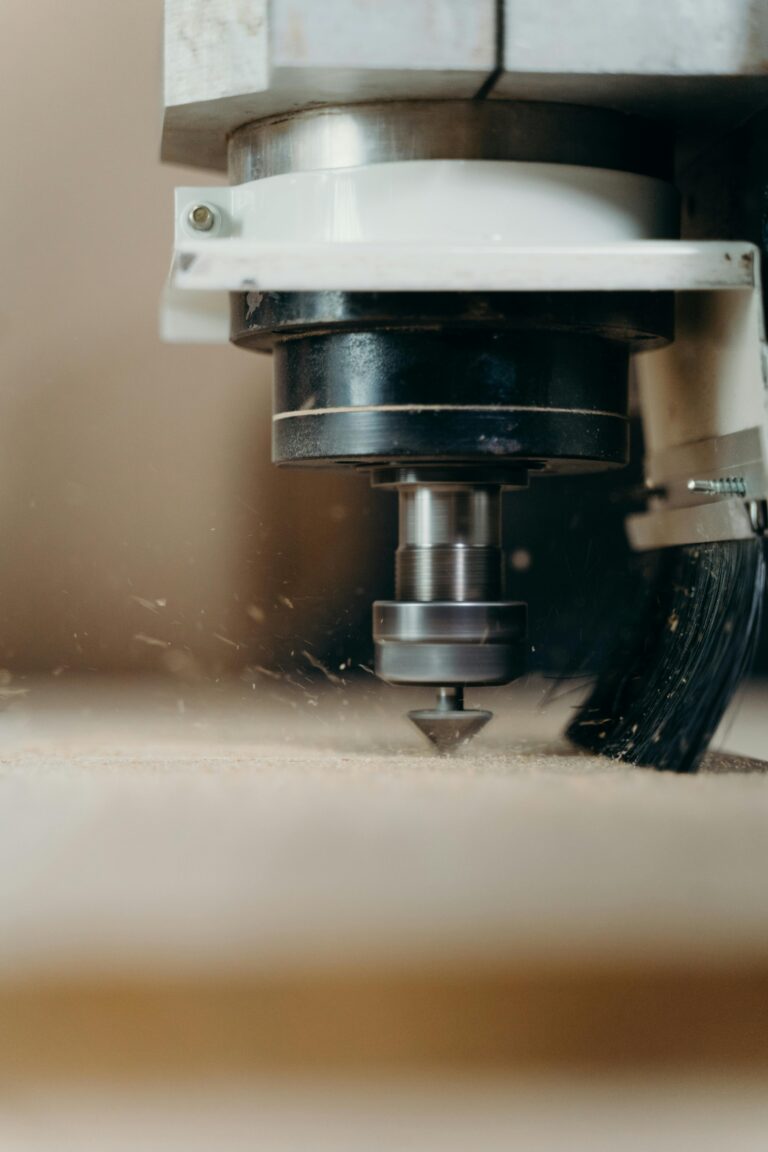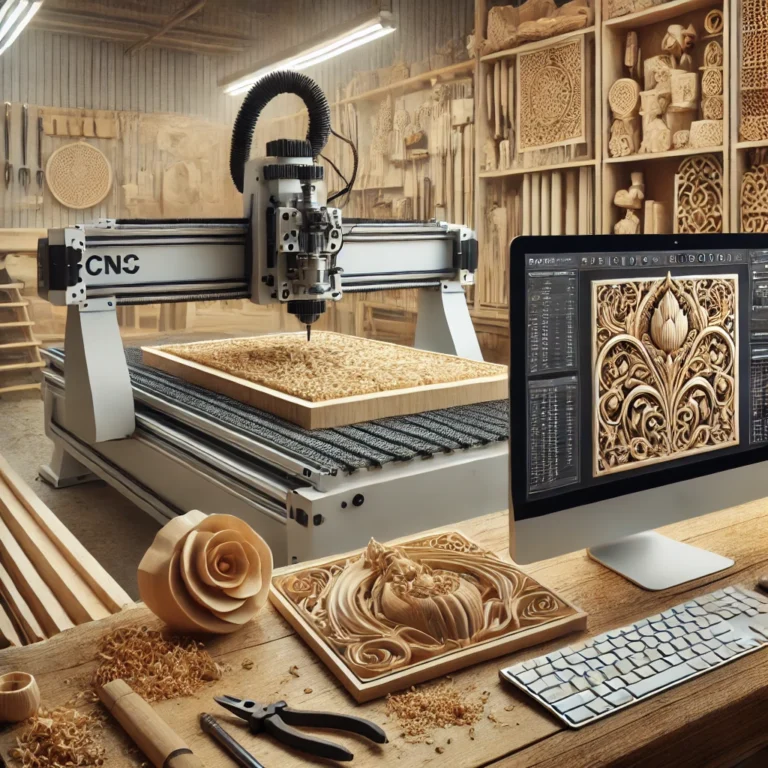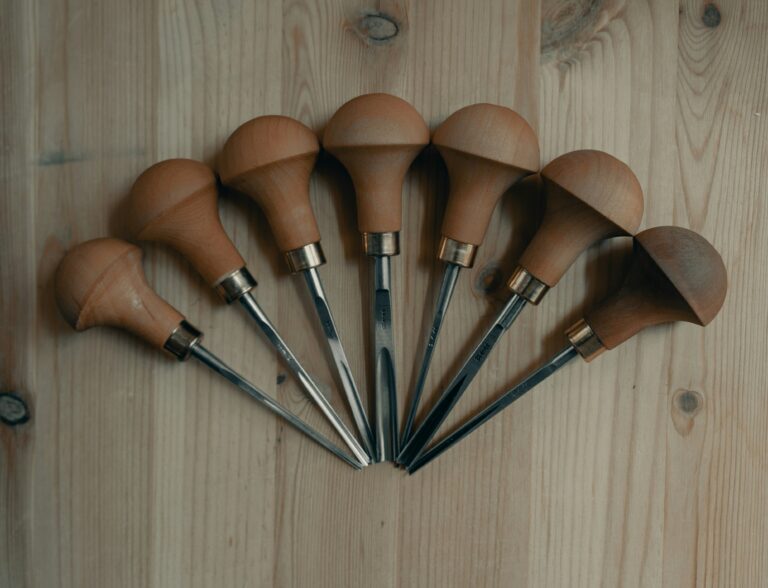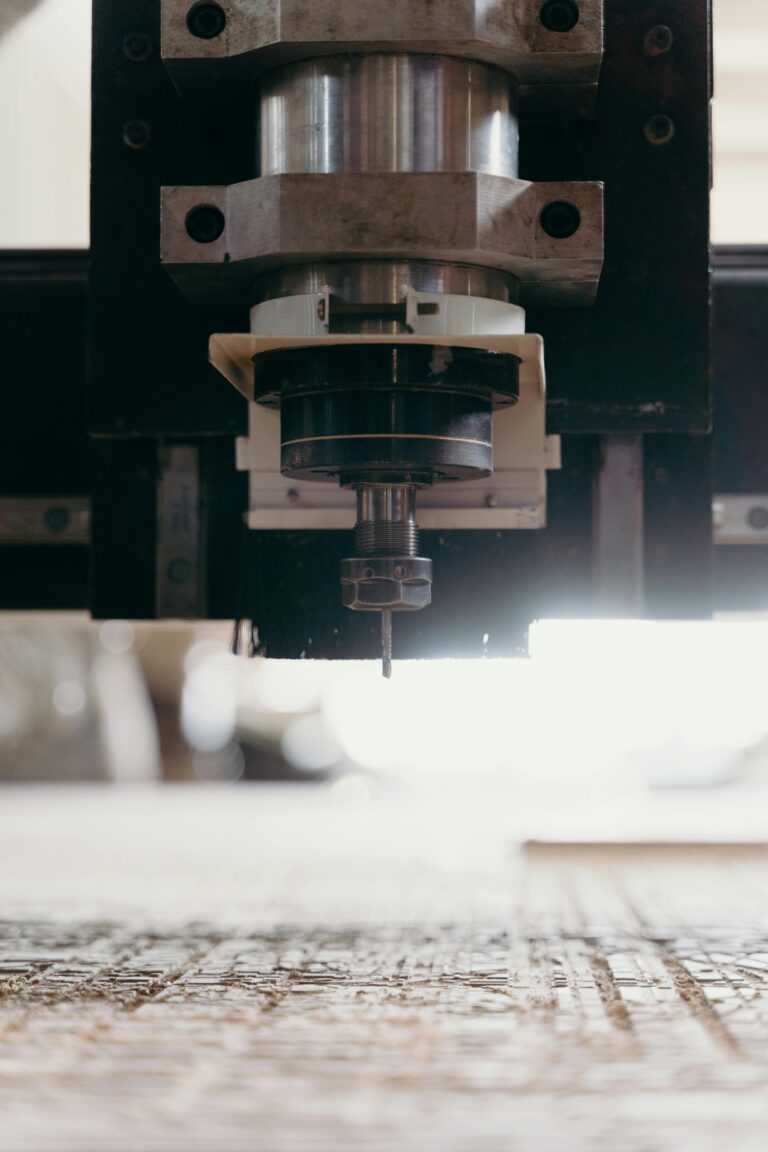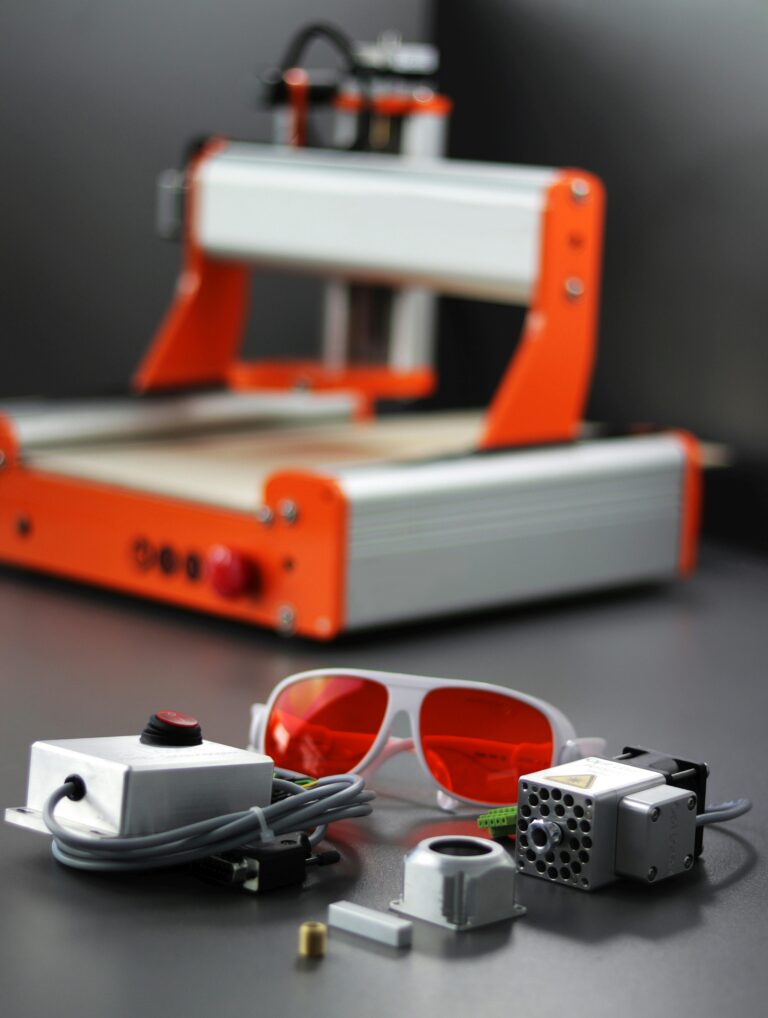What Every Beginner Should Know About CNC Machine Maintenance
Introduction
Investing in a CNC machine is a great way to elevate your woodworking projects, but regular maintenance is crucial to keeping it running smoothly. Whether you’re new to CNC woodworking or have been using your machine for a while, understanding the basics of CNC maintenance will help you avoid costly repairs, ensure accurate cuts, and extend the life of your machine. In this post, we’ll cover everything beginners need to know about maintaining their CNC machines, from cleaning tips to essential inspections.
Cleaning Your CNC Machine After Every Use
- Remove Dust and Debris
CNC machines generate a lot of dust and wood chips during operation, which can accumulate in moving parts and affect performance. After each use, thoroughly clean the machine using a shop vacuum or compressed air to remove dust from all surfaces, including the table, rails, and spindle. - Inspect the Cutting Area
Regularly inspect the cutting area for leftover debris or material buildup. Bits of wood or plastic can get stuck in the machine, potentially causing jams or uneven cuts. Cleaning this area prevents material from interfering with your projects. - Wipe Down Surfaces
Use a clean, dry cloth to wipe down the machine’s exterior surfaces and rails. This prevents dust from settling into the mechanical components and keeps the machine looking new. Avoid using harsh cleaning agents, which can damage the machine’s finish. - Check the Dust Collection System
If your CNC machine is equipped with a dust collection system, empty the dust collector regularly to ensure optimal performance. A clogged system can reduce airflow, causing dust to accumulate in areas that could affect the machine’s operation. - Maintain a Clean Workspace
Keeping the surrounding workspace clean is just as important as maintaining the machine itself. Dust and debris can find their way into the machine, leading to potential issues. Sweep the floors and organize tools to minimize clutter around your CNC machine.
Lubricating Moving Parts for Smooth Operation
- Focus on Rails and Bearings
The rails and bearings are responsible for guiding the CNC machine’s movements along the X, Y, and Z axes. Lubricating these components with a high-quality lubricant ensures smooth motion and prevents wear. Be sure to follow the manufacturer’s recommendations for the type of lubricant to use. - Lubricate Lead Screws
Lead screws help control the precise movements of the CNC machine. Over time, they can accumulate dust and become stiff, leading to jerky or inaccurate movements. Regular lubrication will keep the lead screws operating smoothly and extend their life. - Use the Right Lubricant
Avoid using general-purpose oils, as they can attract more dust and cause buildup. Use a lubricant specifically designed for CNC machines or other high-precision equipment. Silicone-based lubricants or lightweight machine oil are good options. - Don’t Over-Lubricate
While lubrication is important, overdoing it can lead to problems like attracting excessive dust and creating sticky residue on the machine parts. Apply a light coating of lubricant and wipe away any excess to prevent buildup. - Create a Lubrication Schedule
Regular lubrication is key to maintaining your CNC machine. Set up a maintenance schedule that includes lubrication every few weeks or after heavy use. Consistent maintenance helps prevent unexpected breakdowns and ensures smooth operation.
Inspecting the Spindle for Wear and Tear
- Check for Spindle Play
The spindle is one of the most critical components of your CNC machine, as it holds and rotates the router bit. Regularly check for any play or wobble in the spindle. If the spindle moves unexpectedly, it can cause inaccurate cuts and damage to your project. - Listen for Unusual Noises
A healthy spindle should run smoothly and quietly. If you hear grinding, squeaking, or other unusual noises during operation, it could indicate that the spindle bearings are worn and need to be replaced. - Check the Collet for Damage
The collet holds the bit in place within the spindle, and over time, it can wear down or develop cracks. Inspect the collet regularly for any signs of wear or damage, as a worn collet can lead to poor bit performance and reduced cutting accuracy. - Clean the Spindle Regularly
Dust and debris can accumulate in the spindle over time, leading to poor performance or jamming. Use compressed air to blow out any dust from the spindle and check that the collet is free of debris before inserting a new bit. - Replace Worn Spindles
If your spindle shows significant signs of wear or doesn’t hold the bit securely, it may be time to replace it. Replacing a worn spindle is essential to maintaining cutting precision and preventing damage to your CNC machine.
Maintaining the Stepper Motors for Precise Movement
- Check Motor Connections
The stepper motors control the movement of your CNC machine, and any loose connections can cause inaccuracies. Periodically check that all motor connections are secure and free of corrosion or damage. - Monitor for Overheating
Overheating motors can lead to a loss of precision or cause the machine to stop unexpectedly. If your CNC machine is working on a long project, pause the operation occasionally to allow the motors to cool down. If overheating persists, it may indicate a problem with the motor’s cooling system. - Keep Motors Dust-Free
Dust can settle on the stepper motors and reduce their performance. Regularly clean the motors using compressed air or a soft brush to remove dust and debris that could affect their operation. - Listen for Clicking or Grinding Noises
Clicking or grinding noises coming from the motors can be a sign of mechanical issues or wear. If you notice these sounds, it’s essential to inspect the motors for damage and consider replacing worn parts to prevent further issues. - Calibrate the Motors Periodically
As part of your regular maintenance routine, calibrate the stepper motors to ensure they’re moving the CNC machine with precision. Proper calibration reduces the risk of misaligned cuts and improves the overall quality of your projects.
Replacing Worn Belts and Bearings
- Check Belts for Wear
The belts in your CNC machine help control the movement of the gantry. Over time, these belts can wear down, become loose, or develop cracks. Regularly inspect the belts and replace them if they show signs of wear. - Tension the Belts Properly
Loose belts can cause the machine to lose precision, while overly tight belts can strain the motor. Check the tension of the belts and adjust them as needed to ensure they are neither too loose nor too tight. - Inspect Bearings for Damage
Bearings allow smooth movement along the CNC machine’s rails. If the bearings are worn or damaged, the machine may experience friction and jerky movements. Inspect the bearings regularly and replace any that show signs of wear. - Lubricate Bearings for Smooth Operation
Just like other moving parts, the bearings need regular lubrication to function properly. Use a high-quality lubricant designed for bearings and apply it as part of your regular maintenance routine. - Replace Worn Components Promptly
Don’t wait until a belt snaps or a bearing seizes up to replace them. Replacing worn components promptly will prevent larger mechanical issues and ensure your CNC machine runs smoothly for years to come.
Conclusion
Regular CNC machine maintenance is essential for ensuring smooth operation, precise cuts, and a long machine lifespan. By keeping your machine clean, lubricating moving parts, inspecting critical components, and replacing worn belts and bearings, you’ll avoid costly repairs and enjoy reliable performance. Make CNC maintenance a regular part of your woodworking routine, and your machine will reward you with years of flawless operation.
